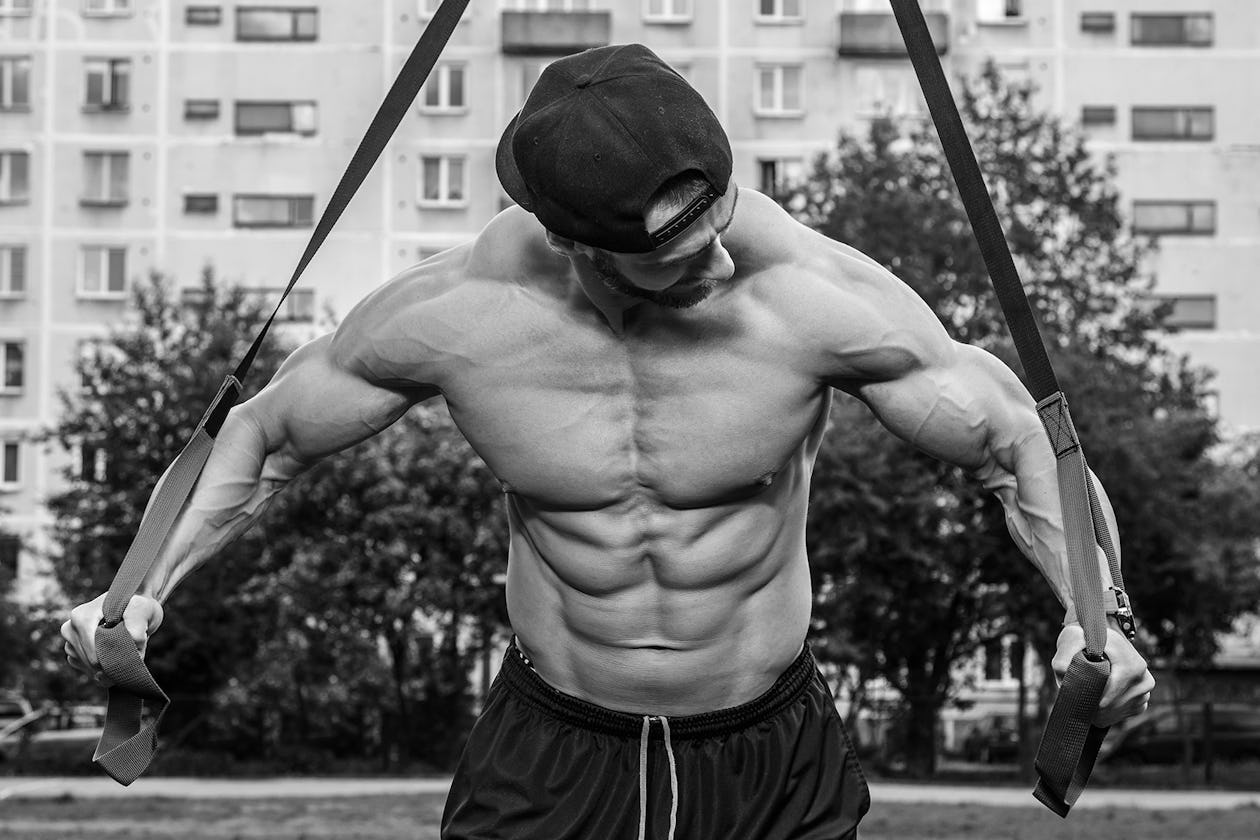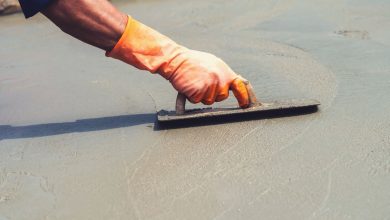calisthenics workouts are gaining significant popularity in the fitness world for their ability to build strength, improve flexibility, and increase endurance. Unlike traditional gym workouts that rely on heavy equipment and machines, calisthenics primarily uses your body weight to perform exercises, making it a convenient and effective workout method for individuals of all fitness levels. Whether you’re new to fitness or an experienced athlete, incorporating calisthenics into your workout routine can help you achieve your goals.
In this comprehensive guide, we’ll explore the benefits of calisthenics, highlight essential exercises, and provide tips for creating a balanced workout routine. Let’s dive in and discover how calisthenics can transform your fitness journey.
What is Calisthenics?
Calisthenics is a form of exercise that uses the weight of your own body to build strength, improve mobility, and enhance cardiovascular endurance. These exercises are often done in a flowing, dynamic sequence, which helps improve overall functional fitness. Calisthenics movements can be performed without any equipment, making it accessible for people who prefer to work out at home, in parks, or while traveling.
Common calisthenics exercises include push-ups, squats, lunges, planks, and pull-ups. While these may sound simple, they can be adapted to suit different levels of difficulty, ensuring that both beginners and seasoned athletes can benefit from this versatile workout method.
Benefits of Calisthenics Workouts
- Improved Strength and Muscle Tone
Calisthenics is incredibly effective for building strength, especially in the upper body and core. Exercises like push-ups, pull-ups, and dips target key muscle groups, helping you build lean muscle mass and increase functional strength. The more advanced you become, the more you can challenge your muscles by increasing the intensity or modifying exercises to target different angles. - Flexibility and Mobility
Many calisthenics exercises also focus on improving flexibility and mobility, which are essential for overall fitness and injury prevention. Movements like deep squats, lunges, and leg raises help improve joint flexibility and range of motion. These exercises are often compound movements that engage multiple joints, enhancing your ability to move more freely. - Convenience and Accessibility
One of the major advantages of calisthenics workouts is that they require little to no equipment. All you need is your body and a space large enough to perform the exercises. This makes calisthenics an excellent option for those who don’t have access to a gym or prefer to work out at home. - Burn Fat and Improve Cardiovascular Health
Calisthenics workouts can also help you burn fat and improve cardiovascular health. The combination of bodyweight exercises performed in quick, intense circuits elevates your heart rate, improving cardiovascular fitness while simultaneously toning muscles. This makes calisthenics an efficient workout for those looking to burn fat and build muscle at the same time. - Versatility and Adaptability
Whether you’re a beginner or an advanced athlete, calisthenics can be easily adapted to suit your fitness level. Beginners can start with modified versions of exercises, such as knee push-ups and assisted pull-ups, and gradually progress to more challenging variations. For more advanced practitioners, exercises can be made more difficult by increasing the number of repetitions, adding explosive movements, or incorporating more complex variations.
Essential Calisthenics Exercises
If you’re just starting out, it’s important to master the fundamental calisthenics exercises before progressing to more advanced moves. Below are some key calisthenics exercises that form the foundation of most bodyweight workout routines:
Push-ups
Push-ups are a staple calisthenics exercise that targets the chest, shoulders, triceps, and core. They are excellent for building upper body strength. Start by performing standard push-ups with your hands shoulder-width apart. If you’re new to push-ups, you can modify them by doing knee push-ups or incline push-ups.
Pull-ups
Pull-ups primarily target the back and biceps. They require a pull-up bar or any sturdy horizontal surface you can grip. If you’re not yet able to do a full pull-up, consider using resistance bands or doing negative pull-ups (jumping to the top position and slowly lowering yourself down) to build strength.
Squats
Squats are an effective lower-body exercise that targets the quadriceps, hamstrings, glutes, and calves. They can be performed anywhere and are highly adaptable. Start with bodyweight squats and focus on proper form before progressing to jump squats, pistol squats, or Bulgarian split squats for added challenge.
Lunges
Lunges are another excellent lower-body exercise that works the legs, glutes, and core. Perform lunges by stepping forward and lowering your back knee to the ground while keeping your front knee in line with your ankle. You can increase the intensity by adding jump lunges or Bulgarian split lunges.
Planks
Planks are a great exercise for building core strength. Begin by holding a standard plank position—forearms on the ground, body in a straight line, and abs engaged. You can increase the difficulty by adding side planks, planks with leg lifts, or planks with shoulder taps.
Dips
Dips target the triceps, chest, and shoulders. You can perform them using parallel bars, a bench, or any sturdy surface. Start with your arms bent at 90 degrees and gradually increase the difficulty by adding more repetitions or adjusting the angle of your body.
How to Create a Calisthenics Workout Routine
When building a calisthenics workout routine, it’s essential to focus on balance and variety. A well-rounded workout should target all major muscle groups and include exercises that build strength, endurance, and flexibility.
Warm-up
Always begin your workout with a proper warm-up to prepare your body for exercise and prevent injury. A dynamic warm-up, including movements like arm circles, leg swings, and lunges, will increase your heart rate and improve your range of motion.
Strength Training
Include a mix of upper body, lower body, and core exercises. For example, you could combine push-ups, pull-ups, squats, lunges, and planks in a circuit-style workout. Perform each exercise for 30-60 seconds or 8-12 repetitions, depending on your fitness level.
Cardio and Endurance
Add in some high-intensity interval training (HIIT) to improve cardiovascular endurance. HIIT involves alternating between short bursts of intense activity and rest. You can do this by performing exercises like mountain climbers, burpees, or jumping jacks between strength exercises to keep your heart rate elevated.
Cool Down
End your workout with a cool-down to help your muscles recover and reduce soreness. This can include static stretching, deep breathing exercises, or foam rolling to release any tension in the body.
Progressing in Calisthenics
As you become stronger and more experienced, you can progress to more challenging exercises. Some advanced calisthenics moves include:
- Muscle-ups (a combination of a pull-up and dip)
- Handstand push-ups (shoulder press while in a handstand position)
- Pistol squats (single-leg squat variation)
- Planche (balancing on your hands while holding your body parallel to the ground)
To make progress, consistently challenge your body by increasing the intensity or trying new variations of the exercises you already perform.
Conclusion
Calisthenics workouts offer a flexible and effective approach to building strength, improving flexibility, and enhancing overall fitness. With minimal equipment needed and exercises that target multiple muscle groups, calisthenics can be tailored to suit any fitness level. By incorporating calisthenics into your workout routine, you’ll experience improved muscle tone, increased endurance, and a better overall body composition.
Remember, consistency and proper form are key to success. Whether you’re a beginner or an advanced athlete, calisthenics can be a powerful tool in achieving your fitness goals.





